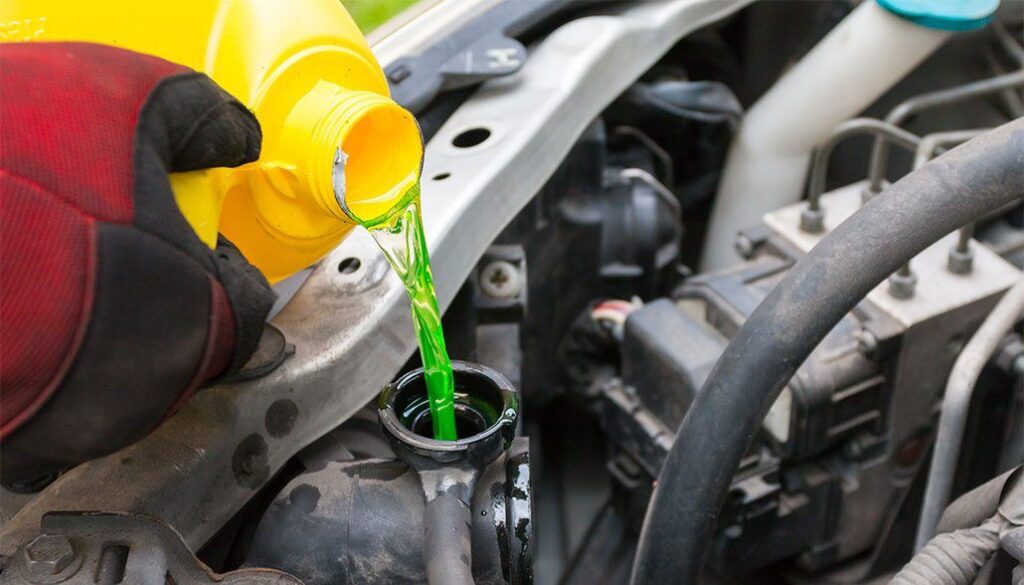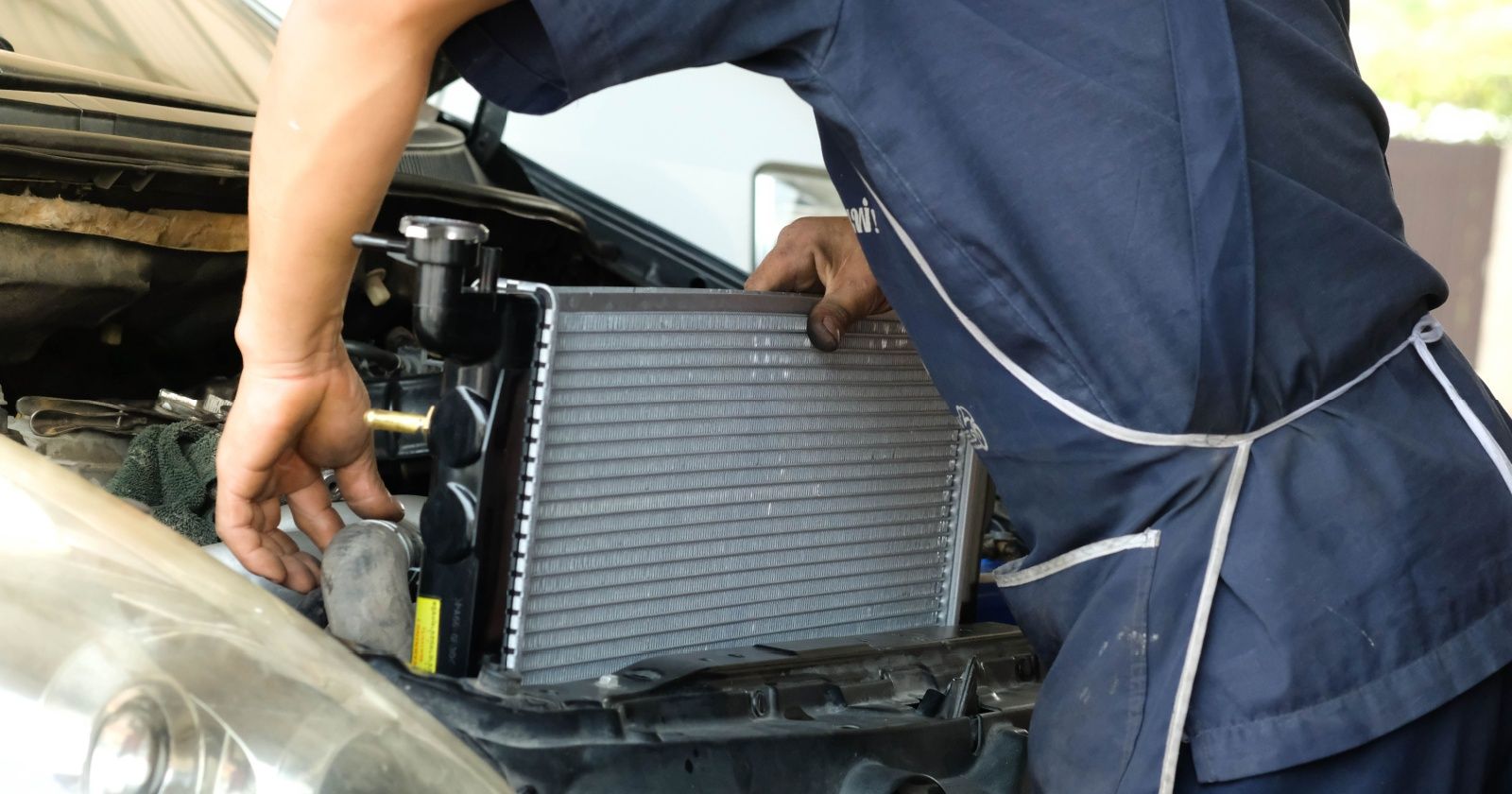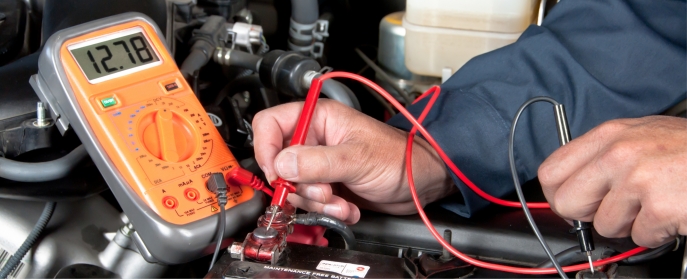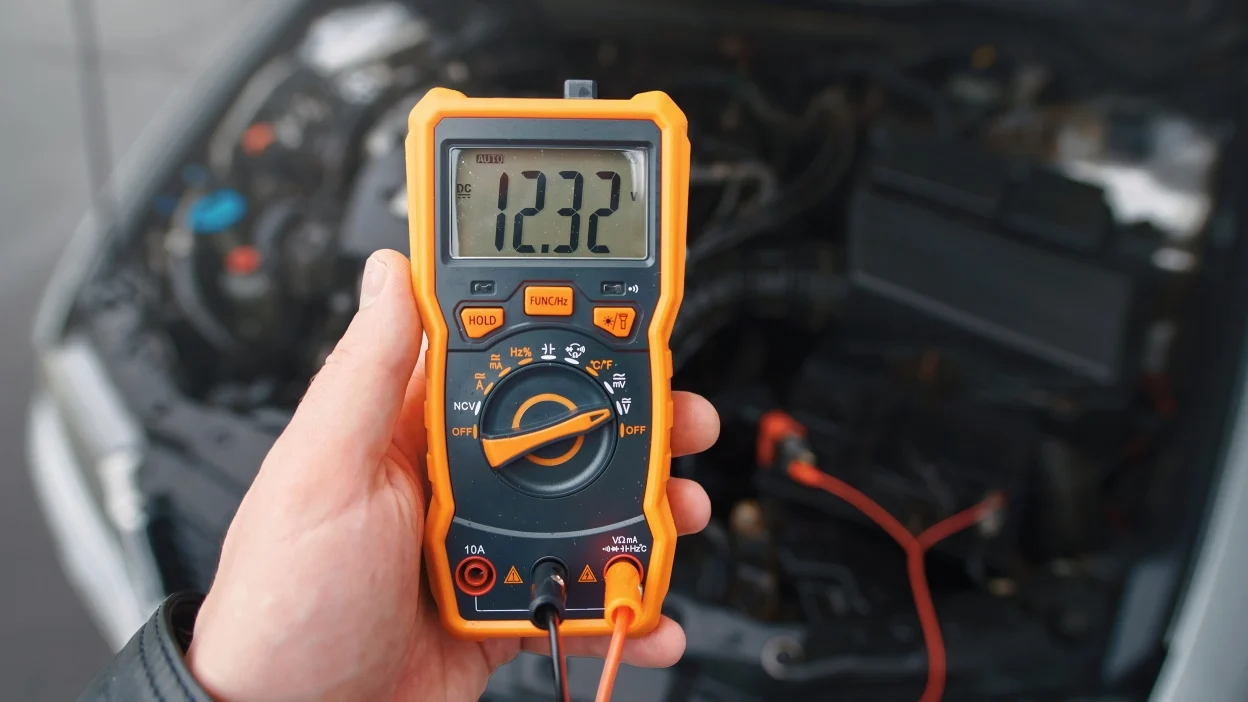If you’ve ever found yourself stranded on the side of the road with an overheating engine, you might have wondered, Can you put water in a car radiator? This is a common question among drivers, especially in emergencies when coolant might not be readily available. However, while water can be used in certain situations, it’s essential to understand when and how to use it safely.
In this article, we’ll answer common questions about putting water in your car radiator, explain the difference between water and coolant, and discuss the long-term impact on your engine.
Table of Contents
Can You Put Water in a Car Radiator?
Yes, you can put water in a car radiator, but it’s not always the best solution. Adding water can help cool the engine temporarily in emergencies. However, water alone doesn’t provide the same level of protection as coolant, especially in extreme temperatures. If you frequently ask yourself, “Can you put water in a car radiator?” remember that coolant is always the preferred choice for maintaining engine health and efficiency.
Can You Put Water in a Car Radiator Instead of Coolant?
While using water instead of coolant might seem like a quick fix, it’s essential to know the downsides. Coolant, also known as antifreeze, contains chemicals that help regulate engine temperature, prevent corrosion, and protect the radiator from freezing in cold weather. Water lacks these properties, so using it as a long-term substitute can lead to damage.
Why Coolant Is Better Than Water
- Prevents Freezing: Coolant remains liquid at lower temperatures, preventing the engine block from freezing in winter. Water alone can freeze, expanding in the radiator and potentially causing cracks or damage.
- Prevents Overheating: Coolant helps maintain the ideal operating temperature. Water evaporates at a lower temperature than coolant, meaning it may evaporate quicker and lead to engine overheating.
- Reduces Corrosion: Coolant contains rust inhibitors that protect the radiator and engine components. Water lacks these inhibitors, leading to faster corrosion and wear over time.
When Is It Okay to Put Water in a Car Radiator?
In emergencies, if you don’t have access to coolant, adding water to the radiator is better than leaving the radiator empty. If you’re asking, “Can you put water in a car radiator in a pinch?”, the answer is yes—but it should only be a temporary solution.
Here’s what to do if you need to use water instead of coolant:
- Use Distilled Water: If possible, use distilled water rather than tap water. Tap water contains minerals that can cause buildup and clog the radiator over time.
- Top Off with Coolant Later: As soon as you can, drain the water and refill with the appropriate mix of coolant and water.
- Monitor Your Engine Temperature: If you’ve used water as a substitute for coolant, keep an eye on the temperature gauge to ensure your engine doesn’t overheat.
Can You Use Water in a Car Radiator Permanently?
Using water in your car radiator on a permanent basis is not recommended. Over time, relying on water instead of coolant can cause engine damage, rust, and other costly issues. For optimal engine health, it’s best to use a 50/50 mix of coolant and distilled water. This mixture provides effective heat transfer, protection against freezing and boiling, and prevents corrosion.

FAQ: Can You Put Water in a Car Radiator?
Q: What happens if I put only water in my car radiator?
A: Using only water can lead to overheating, corrosion, and in winter, freezing damage. Water lacks the additives found in coolant, so it doesn’t offer the same protection.
Q: Can you put water in a car radiator instead of coolant just once?
A: Yes, in an emergency, water can be used temporarily. However, it’s not suitable for long-term use.
Q: How much water should I put in the radiator if I don’t have coolant?
A: Fill the radiator enough to keep it from running dry, but replace with a 50/50 coolant-water mix as soon as possible.
Q: Can I use tap water in my car radiator?
A: Tap water can be used temporarily, but it may contain minerals that lead to buildup. Distilled water is preferable to prevent clogging and corrosion.
Final Thoughts
So, can you put water in a car radiator instead of coolant? The answer is yes, but only as a temporary measure. Coolant is specifically formulated to protect your engine, reduce overheating risks, and prevent corrosion. Whenever possible, use a coolant-water mixture, as it’s the best way to ensure your vehicle stays in good condition year-round.
Related Post:
For more tips on maintaining your vehicle, check out our guide on How to Fix Squeaky Brakes on a Car: 5 Simple Steps





Leave a Reply